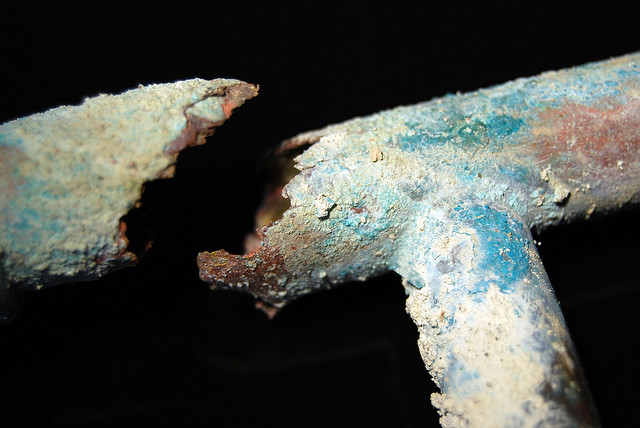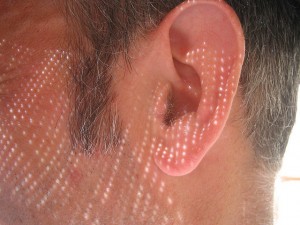 (412) 364-9114
(412) 364-9114

If you suspect you have a leak in your house, either because of high water bills or moisture problems somewhere in your home, finding the broken pipe before calling in the plumber can save you money.
Finding a leak isn’t always an easy task–nor is it an exact science. These tips will help you, but in some cases you won’t be able to find the exact location. Still, knowing the general area where a leak is will save your plumber time and shave dollars off the bill.
Before you start looking for the leak, it’s important to determine that you definitely do have a leak. Do this by taking a reading on your water meter, then turn off all faucets in the home and leave for several hours. When you return, check your water meter again. You’ll know you have a leak if the measurement on the water meter has gone up in your absence.
Now that you’re certain that you do have a leaking pipe, you can begin the challenging task of locating the leak. Start by looking both inside and outside your home for signs of a leak. The signs include:

If a leak is quite bad, you may be able to hear running water in your home even when all faucets or taps have been turned off. To hear a leak that is in the walls or floors, turn off all taps in the house, as well as all radios and televisions. Next, press your ear to the walls and listen for the sound of water flowing somewhat freely through your pipes. The leak will be in the location where the sound is the loudest. While this method doesn’t tell you the exact location of the leak, you will be able to find the leak’s general area, which will save you time and money with the plumber.
If you don’t find a leak anywhere in the walls or grounds of your home, there are a few more leak-prone hotspots that you can check.
For more information about finding a leak, check out this helpful video we found on YouTube:
Once you’ve located the leak in your pipes, getting the problem fixed is often much easier. To do this, call a plumber you can trust. Residents of the Pittsburgh area seeking an experienced and reliable plumber can contact Terry’s Plumbing.
This article was very informative, thank you for SHARING your knowledge
I like how you said If a leak is quite bad, you may be able to hear running water in your home even when all faucets or taps have been turned off. I need to get a new water pipe installed after my other one broke. Thanks for the tips on locating a broken pipe.